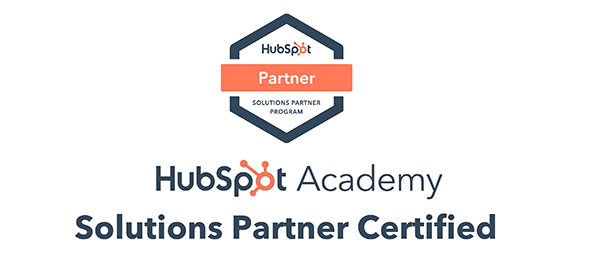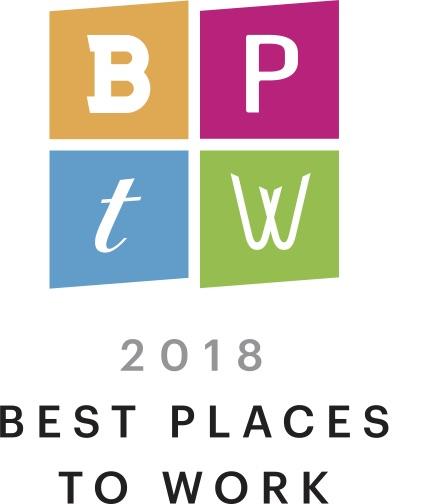Short or Long? Your Content Question Answered
![]() by Team Trivera
on
Aug 17, 2021
by Team Trivera
on
Aug 17, 2021
Good content can be either long or short; it all depends on your objective, audience
Still hungry for snackable content? We are too.
Of course, it's not the only content users want to consume. Even during our own 2021 trends presentation, we acknowledged people are reading 2,000-word blog posts, watching lengthy videos and are engaging more often with longer-captioned Instagram posts. Long-form features like those we get from The Hustle on Sundays are also popular. We've seen it too. In clients' analytics, we've noticed 3-minute videos capturing watch times almost as long. Long-form content can get you ranking in the SERPS and generate measurable results. However, it's short form content that's driving users to sites as fast as broadband.
What is snackable content? And why are consumers eating it up?
Snackable content is eye-catching, straightforward, short-form, easily digestible content that lends itself to being passively consumed and shared on social media. It tends to be visually engaging, can be posted easily, and is often used to support overarching campaigns. It's also useful on websites to help engage its audience quickly. Short videos, for example, are an interesting way to provide content. And views can be measured.
Examples of good bite-size content
We like these three and find them to be easy to execute:
Videos. Think how-to, DIYs, behind-the-scenes and demos. If you want to get your audience's attention, you need to go where they spend a lot of time and hook them with convenient and quick content. A 2020 Wyzowl report found users want to see 30-, 45- and 70-second videos from brands.
Educational videos are great added-value content because they help audiences in their day-to-day lives. Brands that make education a priority in their marketing strategy can improve lead generation and build stronger brand loyalty with video. It's makes sense for them. Similarly, explainer videos (such as those announcing sales or showing merch) target users who are at the decision-making stage of the buyer's journey and, if done right, they can turn decision-makers into customers.
As you've noticed, snackable videos are all over Facebook. Brands from BuzzFeed to Bacardi use video content to provide value to their audiences - all in a minute or less. I'm sure I'm not the only one who finds these bite-sized reels impossible to resist. Particularly addictive is Tasty content. Those cooking how-to videos have millions of likes. They are informative, gratifying, and entertaining. Even though I have yet to make a Tasty recipe, I can't help but stop and watch every time one comes across my feed. It's not a major time commitment, after all. With each video typically less than 90 seconds long, pausing in the middle of my day to learn how to make Nutella dumplings doesn't feel like a huge waste of time.
Plus, video isn't as big a risk as it used to be. Snackable videos don't call for high production value, big budgets or tons of time to develop. All you need is creativity, an interesting story and again, a good understanding of your audience. Highlighting an interesting topic and conveying it in a limited timeframe is a great way to engage with and impact your customers and prospects. They'll remember you as an outside-the-box thinking brand that provides value and puts out interesting, creative, personable content.
Again, if you're thinking about adding entertaining or informative videos to your marketing mix, be sure you know which channels make sense with your audience. This means don't post to TikToc if it doesn't align with your brand; but do post to Instagram if you know your audience uses Instagram.
FAQ pages. This content is as easy to digest as a saltine cracker. You've seen FAQ pages with basic questions and answers about hours, shipping or refunds, for example. This is a perfect use. FAQs work because they quickly and easily deliver the info users are asking for. Users generally appreciate this from brands.
FAQ pages also give you the opportunity to balance short content with content that elaborates on a topic. You can hide long content that provides more in-depth answers (such as product features, advantages and benefits) within this short-form tactic. A mix of short and longer-form content serves your audience, and in turn, search engines.
Lists and Listicles. I love a good list post. I just stopped this morning for a Women's Fitness & Style post about best laundry detergents. There were five.
A good list has a clear, catchy title that captures the readers' attention, provides value and indicates how much time it will take to get through the content. A list of five items was just the right amount of investment for me; I wouldn't say the same about a list of 25. Our friends at HubSpot say lists should offer high-quality content but sometimes a list's purpose might be silly or fun, and that's OK too. There's nothing wrong with a delightful list article such as "7 Hilarious Video Trending on YouTube Right Now." Read more about it here.
Last Bite
Let's face it, just because your tried-and-true marketing methods are working, doesn't mean you can't experiment with other more progressive content types. To remain relevant, create both long- and short- form content as appropriate to engage visitors, attract links and downloads and generate leads. It's all about finding the balance between what's interesting or valuable and what's on-brand for your business.
Photo: Adobe Stock
Share this article
 Login
Login


